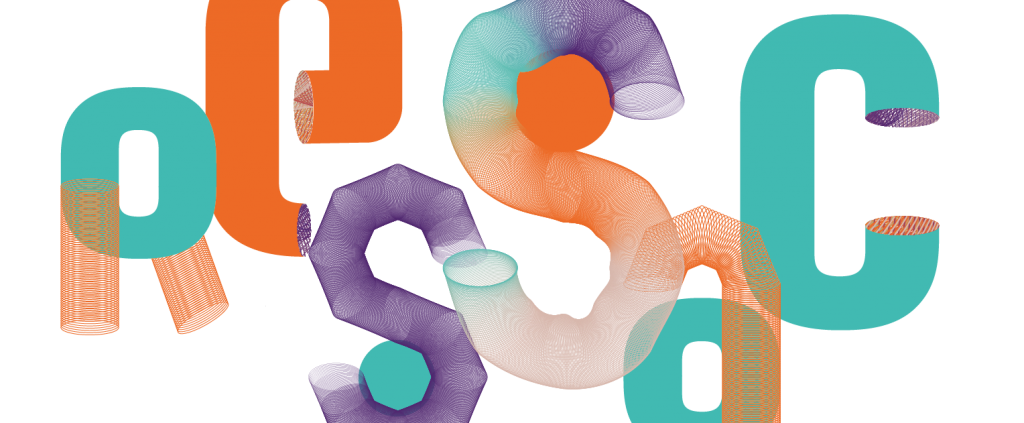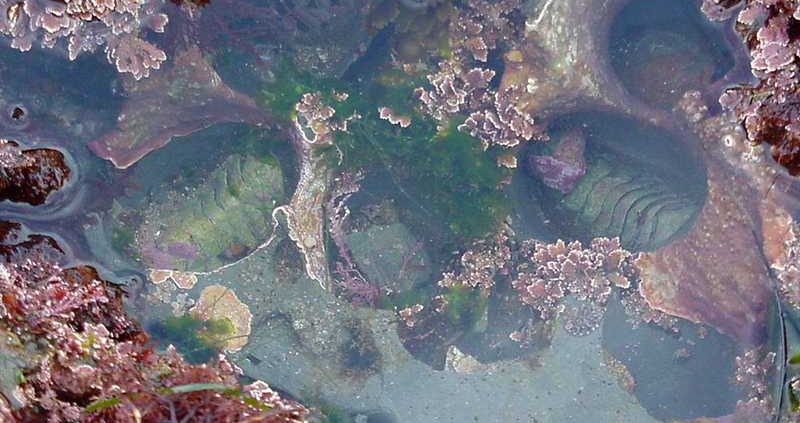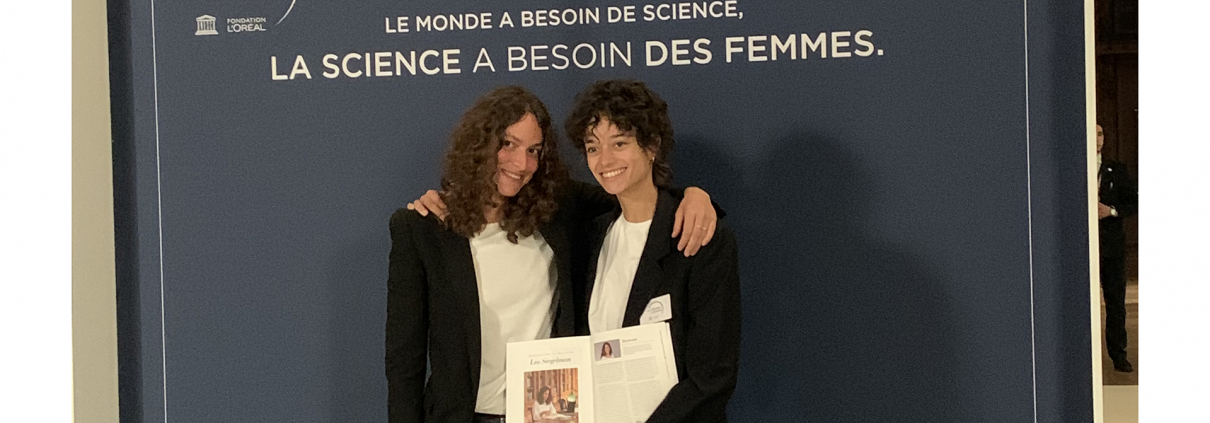The final conference of the VIVALDI project
26-27 November at the PNBI in Plouzané will consist in a Scientific congress dedicated to VIVALDI‘s research results.
28 November will be open to all stakeholders and will present VIVALDI’s main applied outcomes and potential innovations. On that day, interpretation will be available in French, English, Spanish and Italian. Session will take place at Océanopolis in Brest.
More information and programme can be found in the project’s website.









